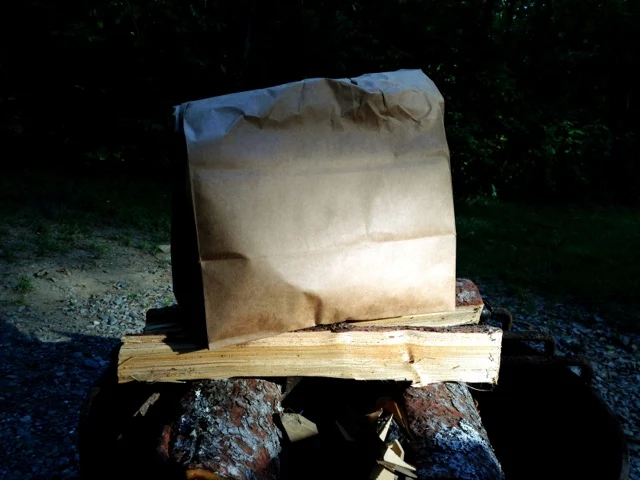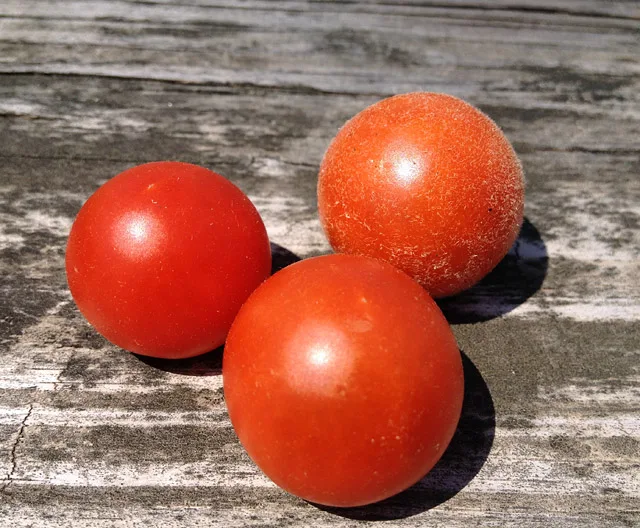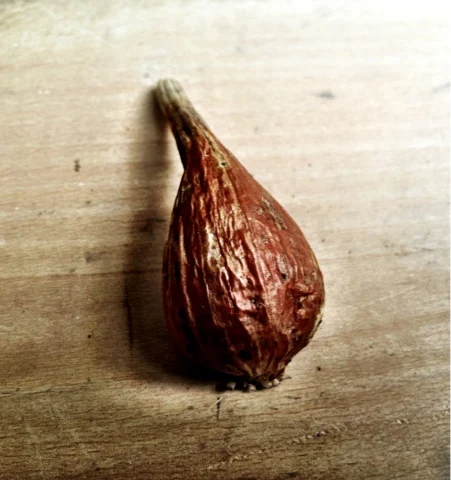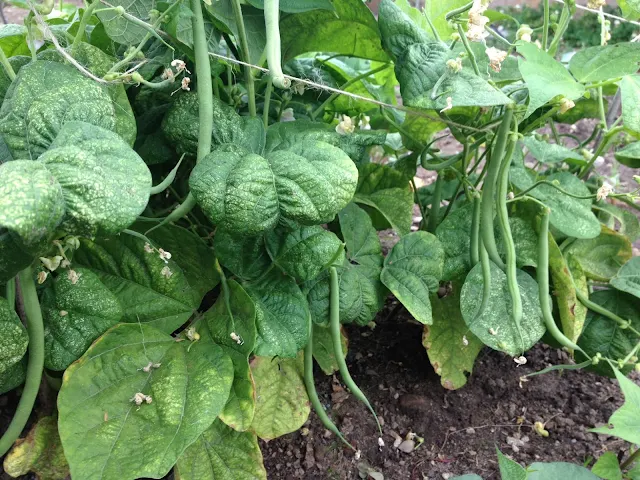Tuesday, July 31, 2012
The Lobster Pot
After a morning of reading we headed out to last year's swimming hole. This year minus the hike over Schoodic Mountain. The hike is superb, especially if you like views of Mt. Desert Island, the coast, and blueberries, but we did a lot of hiking yesterday.
Now, we wait for our lobsters. They're incredibly cheap this year. We hear it's because Canadian lobstermen have flooded the market. I have not tested this, but a quick google search finds a NYTimes article on the topic from 2 days back.
While live lobsters are cheap, the lobster rolls are still coming in at 10 bucks a pop (I don't eat them). Lobster dinner at the shack with the 1/2 cob corn and a bib is still rolling at 20 or 25 a plate (1-1/4 lb).
So we kill our own over our camp fire or stove. It's messy, but someone has to reduce the overstock of lobsters, may as well be us. In the mean time, they squirm in a brown sack, placed ceremoniously over the wood we are about to burn.
As soon as we locate a pot without a hole in the bottom (how did we miss that?) we will get our boil on. If not, we will figure how to grill them under a bed of seaweed. I've seen it done, but that was long ago, and another story.
Monday, July 30, 2012
Quoddy
We left behind the Maine scene that begins at Ogunquit and ends at the ferry to Nova Scotia. Do this some time. All that was seen cannot be presented here, but these two images and one word suggest the reason for our travels. Bog.
Sunday, July 29, 2012
When In Rain
Today is a day of light rain and we are tent bound, with trail mix and books. I am reading Greenmarket farmer Keith Stewart's book and weighing my constitution.
Saturday, July 28, 2012
Schoodic Light
It's not that the plants growing in Maine are unique, it's simply that the light's relationship to them is, giving every moment, from the canopy's translucent greens to the forest's luminous shadows, a mystique found nowhere else in the northeast. A phone camera such as mine cannot even begin to approach it.
Friday, July 27, 2012
My Idea Of A Green Wall
Old school. Simple. Low Maintenance. Flourishes actually. I've seen several. Makes sense as I'm in Boston and that is their ivy.
Thursday, July 26, 2012
Some Heavy Weather On The Way
Look at the radar. Just click on that New York weather link on the left. Don't water the plants, they should get a dousing.
... Severe thunderstorms expected this evening...
A line of severe thunderstorms is currently moving through central
New York and central Pennsylvania... and is on track to enter the
forecast area this evening. These storms have a history of
producing wind damage... and are not likely to weaken as they
approach the local area.
This line will first enter the lower Hudson Valley... northeast
New Jersey... and New York City between 5 PM and 6 PM... and will
move east into Connecticut and Long Island between 7 PM and 8 PM.
Additional thunderstorms will linger over the area through
midnight.
Severe thunderstorms are capable of damaging winds over 58 mph and
hail over 1 inch in diameter. Frequent and dangerous lightning
strikes are expected with these storms. Torrential rain with rates
between 1 and 2 inches per hour is likely... possibly producing
flash flooding over the area. Isolated tornadoes cannot be ruled
out.
Please stay advised for warnings that will be issued.
Mps
Wednesday, July 25, 2012
Decamp
As we prepare to take off for a few days camping on the coast of Maine, we must make sure the garden is fit to survive a week's neglect. It was hot at the beach farm yesterday, the wind from the west, and had only an hour to make sure the irrigation was still in good order, the fruit picked, biggest weeds pulled.
Good luck fall broccoli and cauliflower, lettuce and fennel seedlings. Placed at an intersection of several irrigation sprayers, these will need to toughen up while we are away.
Indigo Rose they call it. Lots of them, none near ripe.
These are called Speckled Roman, but I would've called them Jupiter.
The first planting of French beans. Nickel, in the middle, has started producing. The flavor is the best so far, a floral note over the green bean. Velour on the left, producing heavily now, a touch bitter green in flavor, and good looking. Easy to pick because they're easy to see, the purple pods also stick to the vine, running the risk of pulling out the weakly-rooted plant.
Maxibel and Soleil have finally begun producing. Soleil is looking more healthy now, sizing up, although still small compared to the others. Maxibel has good flavor, second to Nickel. Soleil hasn't produced enough yet to be well-considered.
Rabbit bites. The rabbit like the green bean tops, but not the beans? Excellent.
Too many cukes on the dancefloor. When we get back I will need to thin these.
Visited by several swallowtails now. They love fennel.
A minor haul, which is good, because these don't travel. Gave most away.
Summer travels in a paper bag. A hot car, sun light, and a plastic bag are deadly.
Tuesday, July 24, 2012
Campus Domesticus
Now we're camping in style. Two burners means two large pans simultaneously. No more wood smoke for breakfast. Easy coffee. Car camping has reached the next level. The cat, however, wants to pounce on this new object of my affection.
We leave soon for the Maine coast. Let the tomato ripening delay until our return!
Saturday, July 21, 2012
Potential
Finally, there's little to do in the garden, but look around and wait. The weeding is low, the summer planting all done, spring's harvest complete. To eye the garden without a sense of work is a relief.
It has been a galloping year with the beginning of a distant, small farm, two solo painting exhibits, teaching, the day job, and somehow the notion that all this can be blogged. The beach farm an island, now, away from all those activities, its potential transferred from sea into air into mind at most a loping amplitude.
So, we watch tomatoes.
Milano plum.
Speckled Roman.
San Marzano.
Indigo Rose (black, blacker, blackest. Ripe?)
Pineapple, Hillbilly, or Brandywine I cannot say.
Black Krim.
Black Russian.
Beam's Yellow Pear and yellow wilt.
Miniature White cucumbers.
Milkweed that survived the whack job.
Those that did not.
Foeniculum vulgare. The sweetest young greens you can imagine.
White eggplant.
Larry's leftovers broccoli (I can never take all that he has, but would if I could).
A small patch of Nantes carrots.
And our small patch of the ocean.
Thursday, July 19, 2012
FIN Agli
And there lay an empty field, but for the remaining weeds, straw, and compost.
Three boxes of garlic, some hauled to the studio, and some to the apartment.
There is something anti-climactic about harvest, it is not truly the end, but the beginning of the public aspect of growing commercially -the packaging, the marketing, the selling. A couple of weeks ago I whipped up a bunch of tags, settling on those below, printed and cut them. Home grown, to the last. No cultivars this year, only varieties.

This year's crop was low yielding. I planted 1835 cloves from 292 heads of garlic. In a perfect world I would harvest 1835 healthy, marketable heads of garlic. On average, one would see 5 times the amount of heads planted, or, for me, about 1500. I'll be marketing closer to 1000, none at seed standard, which is far more difficult to achieve than I could have imagined.
Those varieties and cultivars that grew well did so because I spent money on high-quality seed. Yet, I also spent good money on middle to low quality seed, or what I would now call not seed. Beginner's mistakes are great, because the failures they induce are the best teacher. My greatest failure was brought on by my willingness to give in to lower cost, great-looking heads of garlic at Union Square Greenmarket. I can now say from experience, it's too risky. Beautiful, large heads of garlic sold as food may have the worst diseases lurking under their wrappers. By the time you see the damage in your garden, it's too late. You do not want to introduce these pests if you ever intend to grow any allium species. White Rot can last decades and the Bloat Nematode several years in the soil or on alternate hosts. Cornell has begun (finally, wonderfully) subsidized testing for Bloat Nematode.
And then there are the minor problems. A wet May that led to one less wrapper on my Purple Stripes and consequently, a helluva lot less purple stripes. Bulbs that never sized up. I've had a couple (meaning two) bulbs rot on me in the apartment. You know it when that happens -you smell garlic. Honestly, garlic shouldn't give off any significant odor once it dries. When you smell garlic, you have a problem -sniff it out and destroy the whole bulb. Problems with PayPal. Oy. Would people actually want to fill out order forms and send in checks? If you're reading this and considering buying a bundle, fill me in -PayPal or check in the mail? This year the quantity is so light that email orders could work, but with larger quantities, orders could get lost. And finally -packaging. Wow, we still haven't figured out how to package and deliver in a garlic-friendly, low-cost and recyclable way.
It's a long road to a garlic bulb too.

Truth Telling:
This year's crop was low yielding. I planted 1835 cloves from 292 heads of garlic. In a perfect world I would harvest 1835 healthy, marketable heads of garlic. On average, one would see 5 times the amount of heads planted, or, for me, about 1500. I'll be marketing closer to 1000, none at seed standard, which is far more difficult to achieve than I could have imagined.
Those varieties and cultivars that grew well did so because I spent money on high-quality seed. Yet, I also spent good money on middle to low quality seed, or what I would now call not seed. Beginner's mistakes are great, because the failures they induce are the best teacher. My greatest failure was brought on by my willingness to give in to lower cost, great-looking heads of garlic at Union Square Greenmarket. I can now say from experience, it's too risky. Beautiful, large heads of garlic sold as food may have the worst diseases lurking under their wrappers. By the time you see the damage in your garden, it's too late. You do not want to introduce these pests if you ever intend to grow any allium species. White Rot can last decades and the Bloat Nematode several years in the soil or on alternate hosts. Cornell has begun (finally, wonderfully) subsidized testing for Bloat Nematode.
And then there are the minor problems. A wet May that led to one less wrapper on my Purple Stripes and consequently, a helluva lot less purple stripes. Bulbs that never sized up. I've had a couple (meaning two) bulbs rot on me in the apartment. You know it when that happens -you smell garlic. Honestly, garlic shouldn't give off any significant odor once it dries. When you smell garlic, you have a problem -sniff it out and destroy the whole bulb. Problems with PayPal. Oy. Would people actually want to fill out order forms and send in checks? If you're reading this and considering buying a bundle, fill me in -PayPal or check in the mail? This year the quantity is so light that email orders could work, but with larger quantities, orders could get lost. And finally -packaging. Wow, we still haven't figured out how to package and deliver in a garlic-friendly, low-cost and recyclable way.
It's a long road to a garlic bulb too.
Wednesday, July 18, 2012
Tuesday, July 17, 2012
The Seeds Of Summer
Fall crops are best for those vegetables that require cooler air to turn them sweet. But no reason not to give in to lettuce and other greens, too. And I'm giving bulbing fennel another whirl. Good luck finding vegetable starts at any nursery in late July or early August. You have to seed these yourself. And it's just harder to start seeds in summer. It's hot, it's dry, the pests are lying in wait, and you've planned your vacation for the middle of July. It's all too easy to get discouraged.
For me this means that the lettuce seeds just refused to sprout. Too hot is that bed. Ok, fine, 55-60 days says this is early. The broccoli and cauliflower did sprout, but first were ravaged by a digging squirrel and now, what remains, is being gouged by cabbage worms.
I re-seeded the overturned broccoli and these are now up (again) and I flicked the green worms to their jelly graves this morning. What's next? Our camping trip to Maine. Who will be the guardian of our seedlings then? I may just bring them indoors and have our cat sitter sit for them too.
Sunday, July 15, 2012
Frenching It
This year I'm experimenting with French filet beans, or haricot vert, or Freedom beans if you're feeling rather 'merican. I've read they are difficult -is that what makes them French, or is difficult but rewarding the French raison d'etre? Either way, these beans have proven both difficult and easy, and the season's only just begun.
'Maxibel' on the left and 'Soleil' on the right. Soleil is decidedly difficult, it has not grown more than 6 inches since planting, looks pale and generally not vigorous. I've thinned the row last week and it appears better this week. I will give it credit for being a yellow filet, as all yellow beans tend to be less vigorous and susceptible to disease. Maxibel, so far so good, but waitin' on your beans.
The second planting of Maxibel and Soleil, seeded three weeks after. Something has nibbled to nothing the tender tops of Soleil. Not looking good for Soleil.
On the left, 'Fin de Bagnol,' center 'Nickel,' and to the right 'Velour.' Fin has been the fastest grower and already has some harvestable beans, but is struggling with leaf hoppers. Nickel is deep green and just began to produce flowers. Velour is a purple-skinned filet growing not quite as tall, but healthy, with a more open habit.
It does have lovely flowers and the beans are a deep purple with a fine pubescence -therefore Velour.
This week we have a handful of Fin de Bagnol beans. Taste is not unlike the larger American-style green beans, but more tender -finer. What I've read makes these beans difficult is their incessant harvest requirement. Don't miss it or your French beans become English or worse. Here you can see the mottling on the leaves caused by what I think are leaf hoppers. The damage looks Whitefly, but I didn't bring in any plants that weren't seeded by yours truly and I've seen the hoppers. They were here before when this was the garlic bed. Hasn't yet seemed to affect productivity.
The second seeding of Fin, Nickel, and Velour. Something nibbling here, but I have not found the pest. I'm starting to believe it is a rabbit. I've never seen rabbits around the garden, but this year I've seen them nearby. A gardener told me she has seen one hanging out near my beans at dusk. Hasenpfeffer anyone? Oh, no, it's a cute little bunny. I would never, but I do have bird net just as good for beans (and strawberries too) as it was for tomatoes.
Subscribe to:
Posts (Atom)



















































